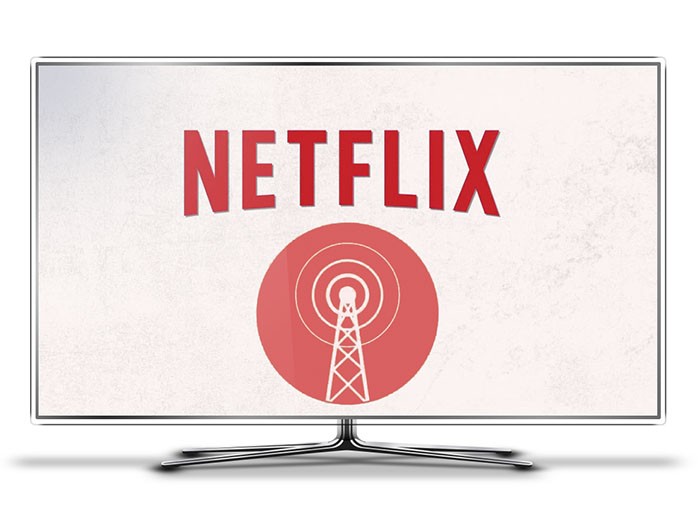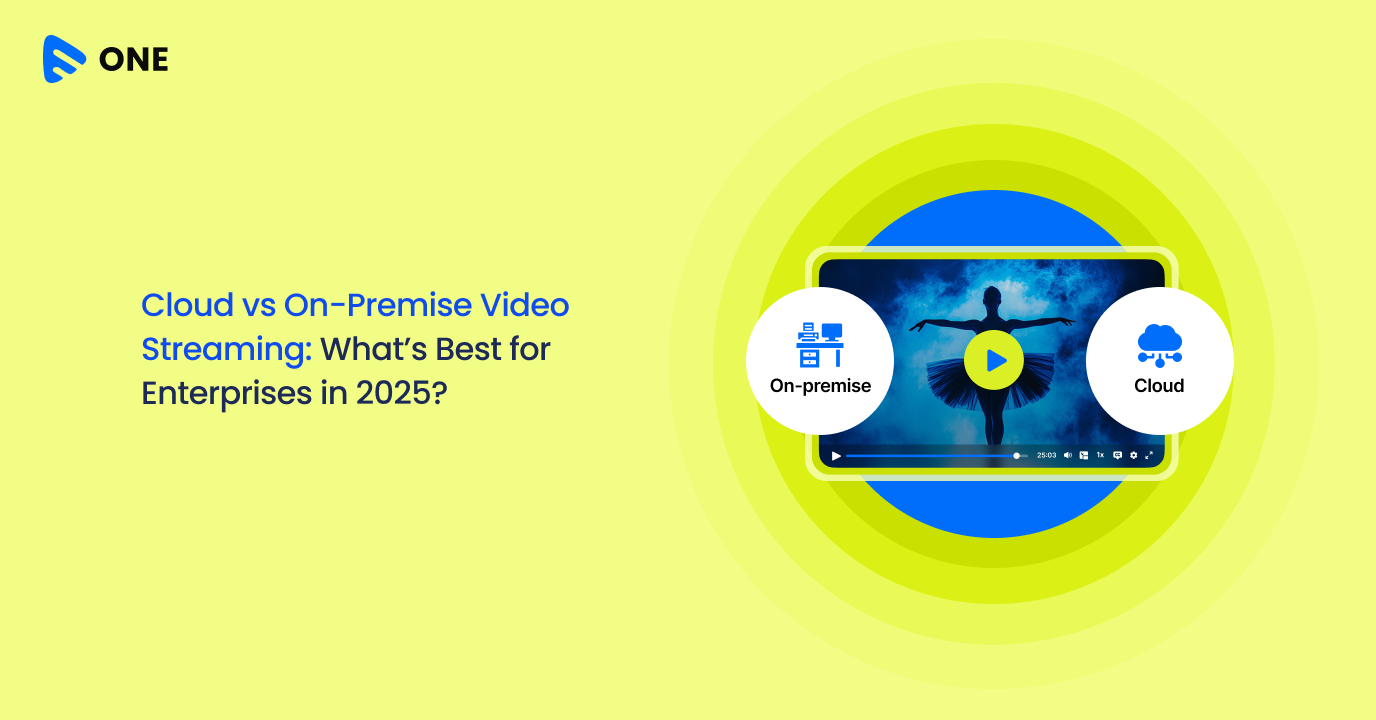Written by: Roshan Dwivedi
When rumors swept the Internet earlier this summer that Netflix would soon start running commercials, customers of the streaming OTT Video platform collectively freaked out.
Faced with an onslaught of social media condemning the move, Netflix CEO Reed Hastings was quick to put the kibosh on any talk of advertising. Hastings took pains to emphasize that Netflix had only engaged in user testing to gauge the possibility of offering short trailers for original programming, similar to the previews Time Warner’s HBO shows before streams. “No advertising coming on Netflix,” Hastings wrote on Facebook. “Period.”
The collective distaste for advertising, including pop-ups, auto-play videos and other invasive ads, has spawned a growing ad-blocking industry, and consumers are increasingly adopting the technology. A joint report released in September 2014 by Adobe Systems (ADBE) and advertising consulting startup Pagefair revealed that ad-block usage had grown 70% since 2013.
What about the Internet companies whose revenue models depend on advertising? With users increasingly able to block online advertisements, media outlets and other content providers could find themselves in financial trouble.
One solution, Webster says, is to develop technology that will combat ad-blocking technology. But the adoption of such a strategy could result in an online arms race and only result in further alienating consumers.
Instead, Webster proposes, Web publishers must consider adopting a premium model, similar to that of Spotify, that affords users the option of either streaming music for free, and putting up with occasional advertisements, or paying a subscription to listen to music free of advertising.
Even better, advertisement creators like Webster could keep consumers from turning to ad-blockers by simply producing better ads. As Univision Communications Chief Strategy and Data Officer Kevin Conroy argued in a recent piece for Ad Age, ads are not universally hated. TV viewers still look forward to Super Bowl commercials, after all.
“We are always keeping the consumer in mind when we’re making the ad,” Webster said. “Our thought process is, I know I’m an ad, you know I’m an ad, let me at least entertain you.”
Read the entire story here.














Add your comment